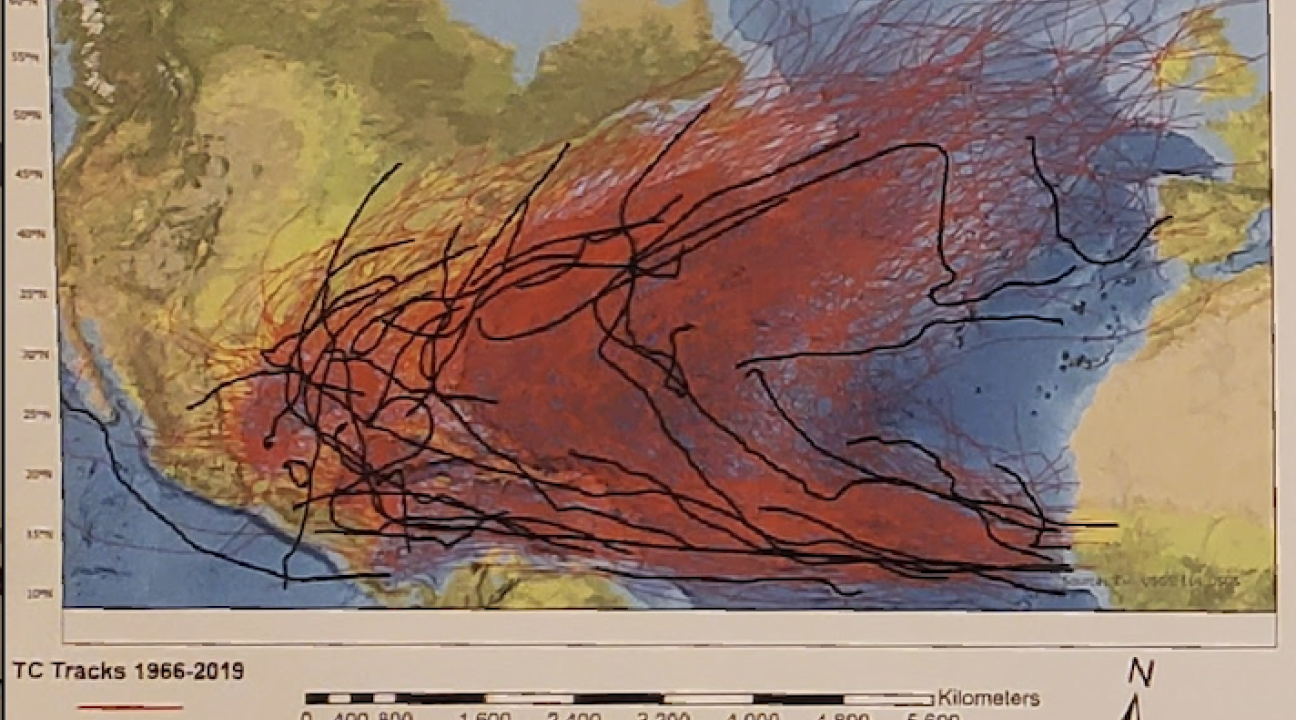The Extremely Active 2020 Hurricane Season in the North Atlantic and its Relation to Climate Variability and Change
The Extremely Active 2020 Hurricane Season in the North Atlantic and its Relation to Climate Variability and Change
Abstract
The aim of this study was to identify which climate change and/or natural variability factors were the leading factors that made the 2020 North Atlantic hurricane season the most active on record with 30 named storms. here we hypothesize that climate variability and change enhanced factors caused record-breaking SST patterns that resulted in higher moisture environments in addition to weak wind shear conditions which favored higher tropical cyclone development in the MDR. We conclude that seasons with higher SST and moisture environments, within positive phases of the AMO/AMM, and with lower SLP and weaker VWS conditions tend to be associated with higher TC frequency in the NA basin.
Results
| Title | Format | Download | Students |
|---|---|---|---|
| The Extremely Active 2020 Hurricane Season in the North Atlantic and its Relation to Climate Variability and Change | poster | The Extremely Active 2020 Hurricane Season in the North Atlantic and its Relation to Climate Variability and Change | Elisabeth Grosvenor |
Key Terms: trend analysis, multivariate, spatial analysis, cloud cover, sea-level pressure, sea-surface temperature, wind shear, ocean heat
Project Date:
Spring 2022
Faculty:
- José Javier Hernández Ayala
Departments:
- Geography Environment and Planning
Partners:
- NOAA
- Climate Research Center GEP
Students:
- Elisabeth Grosvenor
Locations:
- Other Location
Project Topics:
- Climate
- Health & Wellness
- Water
Funding Sources:
- McNair Scholars



